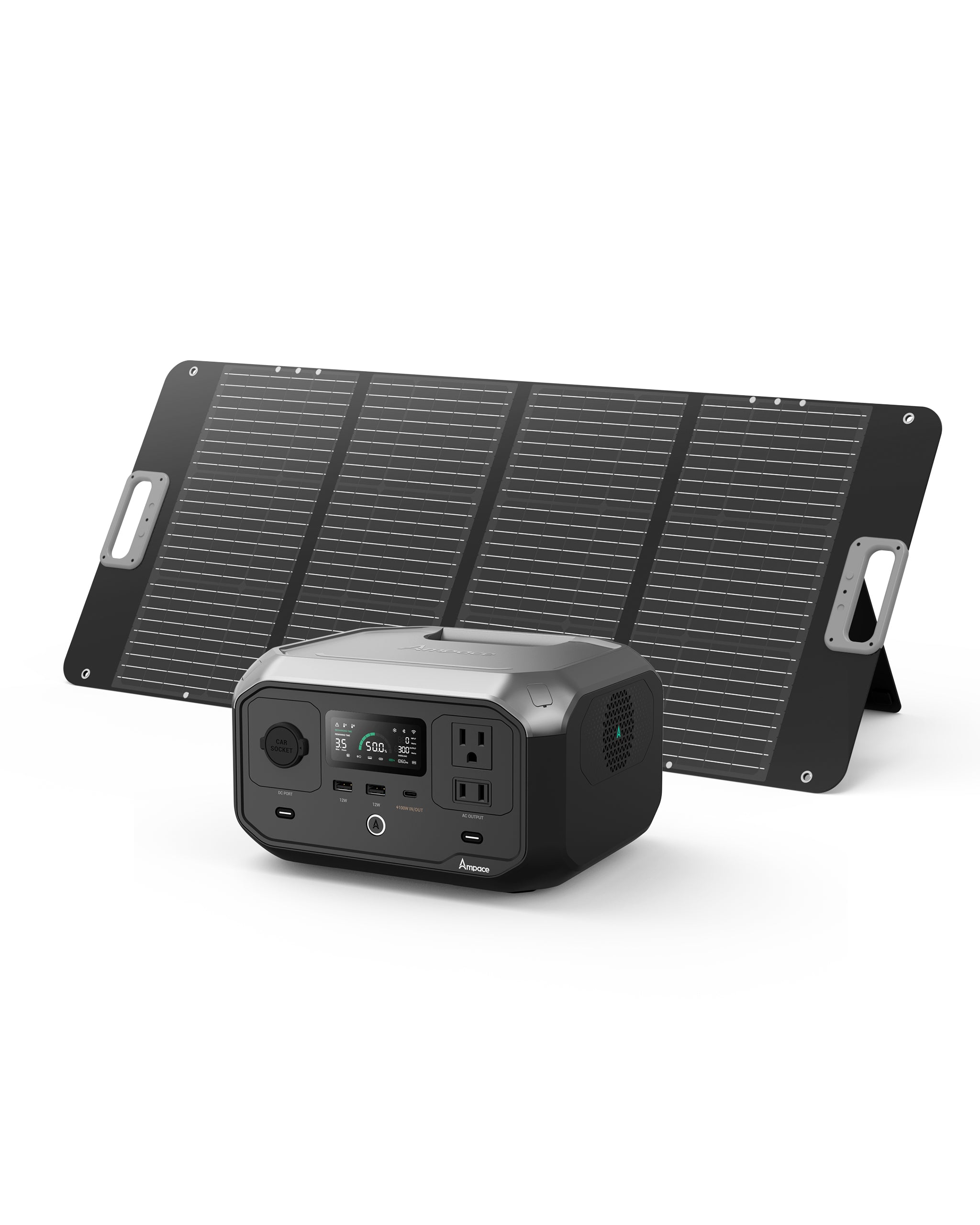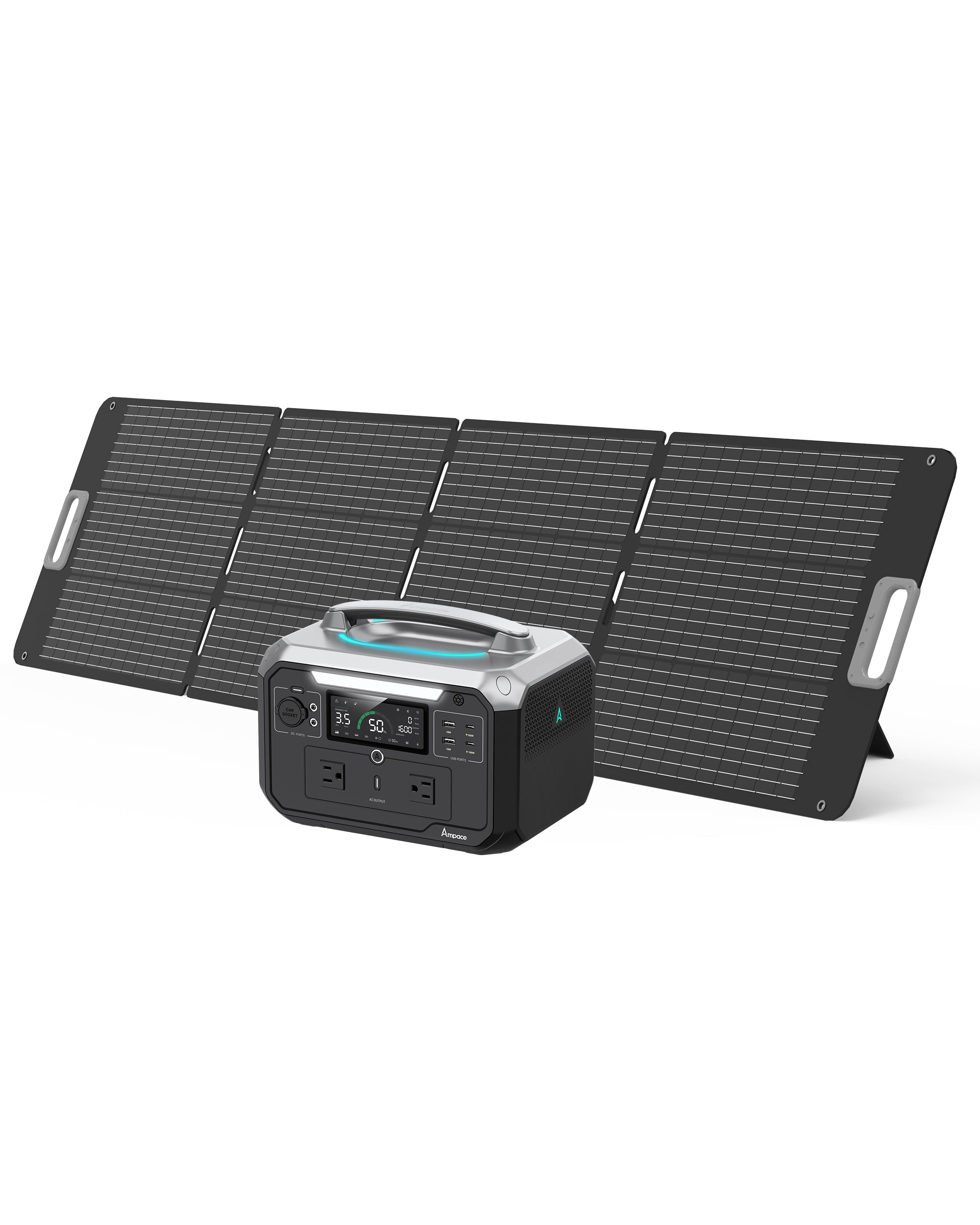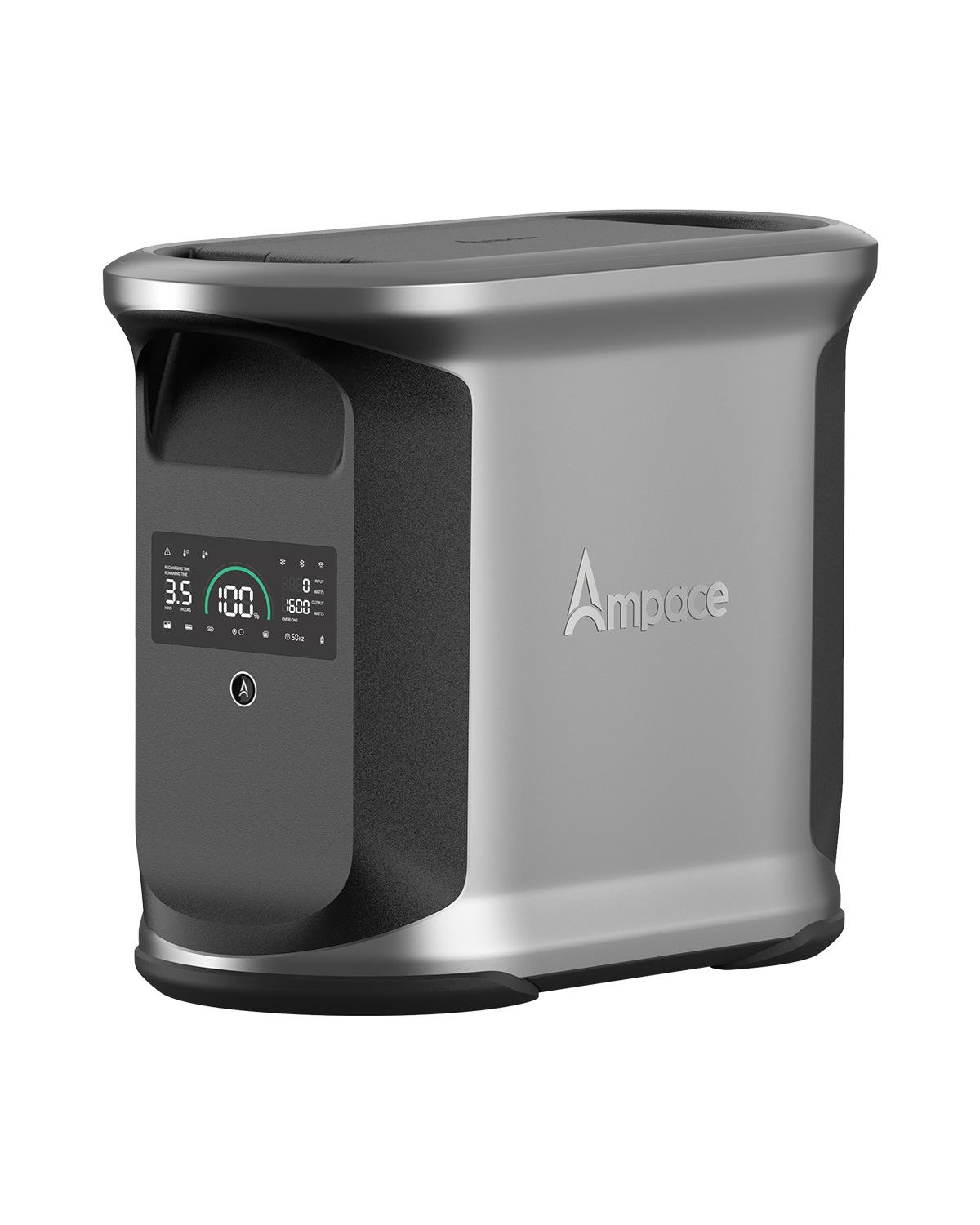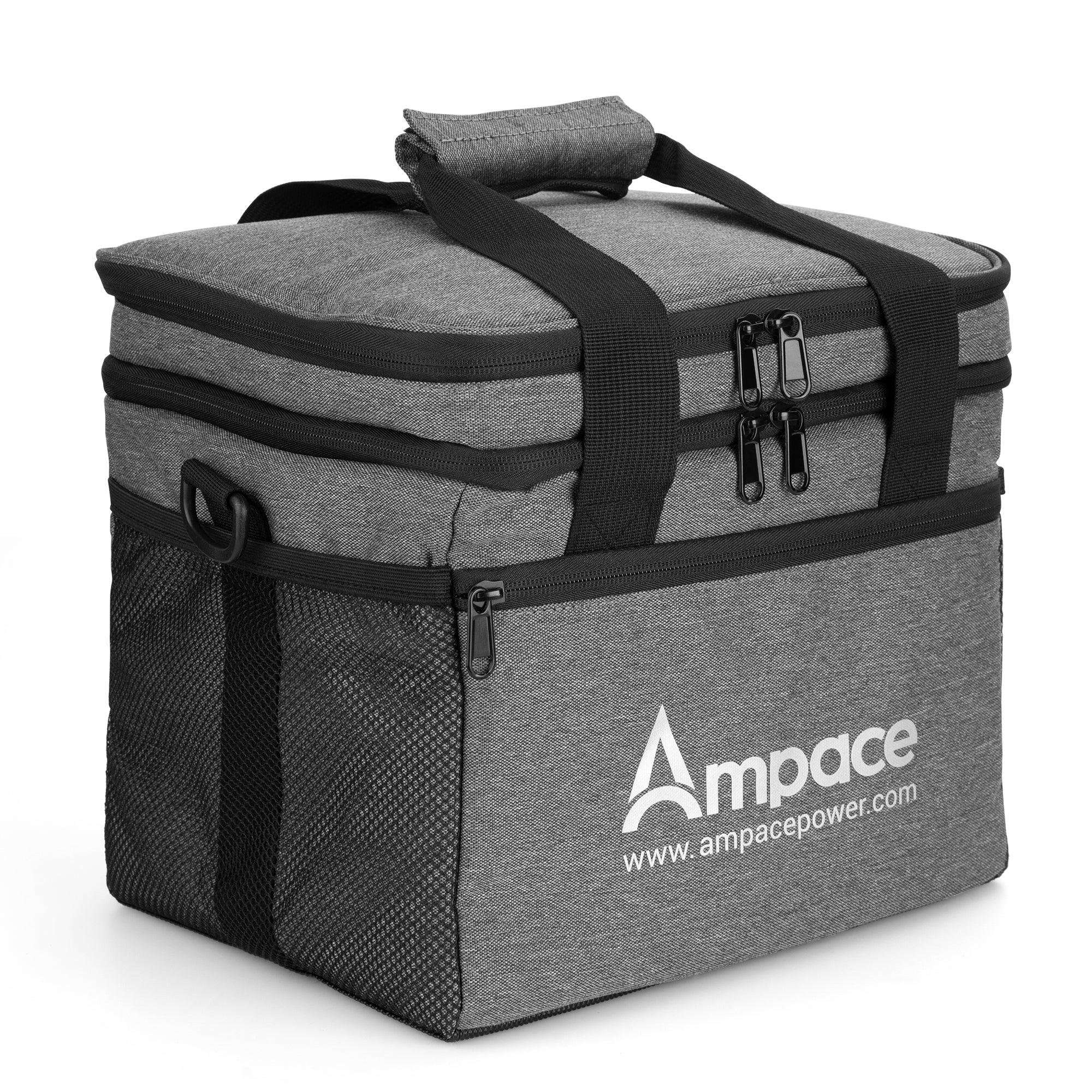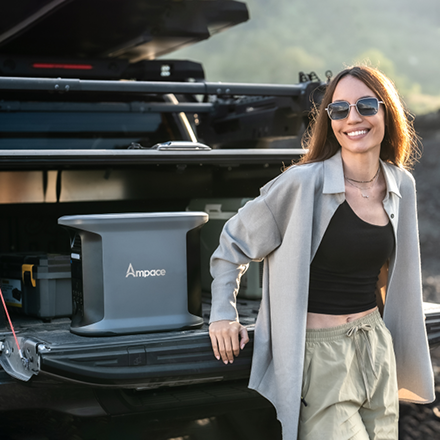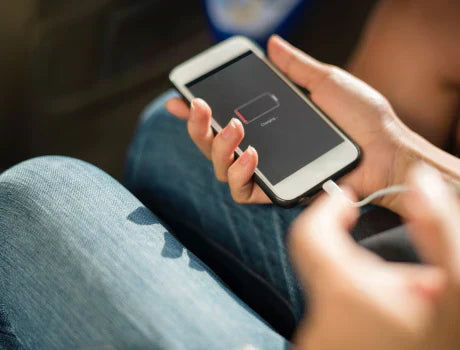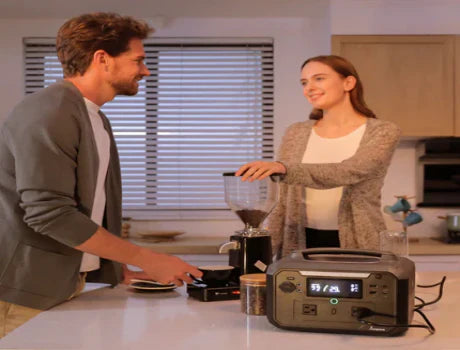Top Off-Grid Power Solutions for Tiny Homes and Cabins
Living off-grid in a tiny home or cabin is a fantastic way to embrace sustainability and simplicity. It allows you to connect with nature while relying on renewable energy sources like solar and wind power. In an era where sustainability and self-sufficiency are becoming increasingly important, off-grid living offers a unique solution for those seeking a simpler lifestyle. This guide will highlight the best off-grid solar systems for your cozy space and share six effective ways to power your tiny house.

Importance of Sustainable and Independent Power Sources
Sustainable energy is essential for the environment. It reduces pollution and conserves resources. Solar energy is a key option for tiny homes as it allows for independence from the grid. Other renewable sources, like wind and hydro, are also useful. They provide reliable power in remote locations. Off-grid living promotes a simpler lifestyle. It connects us to nature and reduces our carbon footprint.
The Best Off-Grid Solar Systems for Tiny Homes and Cabins
Types of Off-Grid Solar Systems
- Standalone Systems: These systems operate without any grid connection. They are completely independent. You generate and store all your own power. This setup is ideal for remote locations.
- Hybrid Systems: Hybrid systems combine solar panels with batteries and generators. They provide more flexibility and reliability. You can use backup power when solar energy is low. This ensures you always have electricity available.
Key Considerations for Choosing a Solar System
- Power Needs and Consumption: Assess your power needs carefully. List all appliances and devices you plan to use. This helps in selecting the right system size.
- Solar Panel Efficiency and Durability: Choose high-efficiency solar panels. They maximize energy production in limited space. Durability is also important for long-term use.
- Battery Storage: Select between LiFePO4 and Lead-Acid batteries. LiFePO4 batteries are safer and last longer. Size your battery bank to meet your continuous power needs.
- Inverters and Charge Controllers: Inverters convert solar energy into usable electricity. Charge controllers manage energy flow to protect batteries. Both are essential for optimal system performance.
- Installation and Maintenance: Consider how easy the system is to install. Regular maintenance is necessary for efficiency. This ensures your off-grid system runs smoothly over time.

Top Solar Generators for Tiny Homes and Cabins
The Ampace Andes 1500 is an excellent solar generator for tiny homes and cabins. It supports up to 600W of solar panel input, making it ideal for off-grid living, camping, or RV trips. The generator includes a 100W solar panel that captures up to 23% more energy. The Andes 1500 is 41% lighter than traditional portable power stations. It features A-Boost technology, allowing it to reach full capacity in just 55 minutes, which is 50% faster than many competitors.
This generator is built to last, with an advanced EV-grade LFP battery that offers over 6,000 cycles and a lifespan of more than 10 years. It is designed for daily use and comes with a 5-year warranty, ensuring reliability.
The 200W solar panel is foldable and compact, weighing just 10.36 lbs. Its IP67 rating makes it waterproof and dustproof, while its tempered glass design is five times more durable than standard panels. The package includes the Ampace Andes 1500 Portable Power Station, various charging cables, and a user manual.
Pros and Cons of Solar Systems for Tiny Homes
Solar Systems have many advantages and disadvantages when used for tiny homes. We enlist some important advantages and disadvantages of solar systems here.
Pros
- Solar energy is renewable and eco-friendly. It reduces reliance on fossil fuels. This helps combat climate change.
- Solar systems operate silently. Unlike generators, they do not produce noise. This contributes to a peaceful living environment.
- Solar systems require minimal upkeep. Regular cleaning and occasional checks are usually enough. This makes them convenient for off-grid living.
Cons
- The upfront cost of solar systems can be high. This includes panels, batteries, and installation. It may take time to recoup the investment.
- Solar energy production relies on sunlight. Cloudy days or winter months can reduce efficiency. You may need backup systems for low-sunlight periods.
- Solar panels require adequate roof or ground space. This can be a challenge for tiny homes with limited area. Careful planning is needed for optimal placement.
Best Ways to Power a Tiny House Off-Grid
Off-Grid Solar Power
Solar systems are a popular choice for off-grid setups. They use sunlight to generate electricity through solar panels. Power is stored in batteries for later use. Place panels where they get maximum sunlight. Use high-efficiency panels to save space. Properly size your battery bank to store enough power. Regularly clean panels to maintain performance. Why do you prefer this system?
-
Solar power is sustainable and quiet. It requires little maintenance and is ideal for small spaces. Solar systems allow tiny homes to be self-sufficient and eco-friendly.
Wind Power
Wind turbines can complement solar power. They work well in windy areas. This combination ensures power availability in different weather conditions. Select turbines that match your energy needs. Consider the size, capacity, and location for installation. A clear, open area is best for optimal wind exposure.
Micro-Hydro Power
This method is ideal if your tiny home is near a stream or river. Running water generates consistent power, even at night. The system captures energy from flowing water. It uses a turbine and generator to produce electricity. Ensure the water flow is steady and reliable before installation. Proper permits may also be required.
Generator Power
Backup generators provide essential power when needed. They are useful during low-sunlight days or calm weather. Having a generator ensures you won't be left without electricity. Consider fuel types like gasoline, propane, or diesel. Look for generators with high efficiency and long runtime. This helps maximize energy use and reduces costs.
Propane and Natural Gas
Propane is versatile for tiny homes. It can power stoves, heaters, and refrigerators, making it an excellent choice for cooking and heating needs. If you have access to natural gas pipelines, it's a great option. Natural gas is often cheaper than propane and provides reliable energy for heating and cooking.
Battery Storage Systems
Batteries store energy generated by solar or wind systems. They provide power when the sun is not shining or the wind is not blowing, which is ideal for off-grid living. Choose between lithium and lead-acid batteries. Lithium batteries have longer lifespans and higher efficiency. Lead-acid batteries are usually cheaper but less efficient.
Backup Systems and Hybrid Solutions
Hybrid systems use a mix of solar, wind, and generators. This combination increases reliability and ensures a consistent power supply. Having multiple energy sources is important. It prevents power outages and enhances energy security. Backup systems provide peace of mind for off-grid living.





